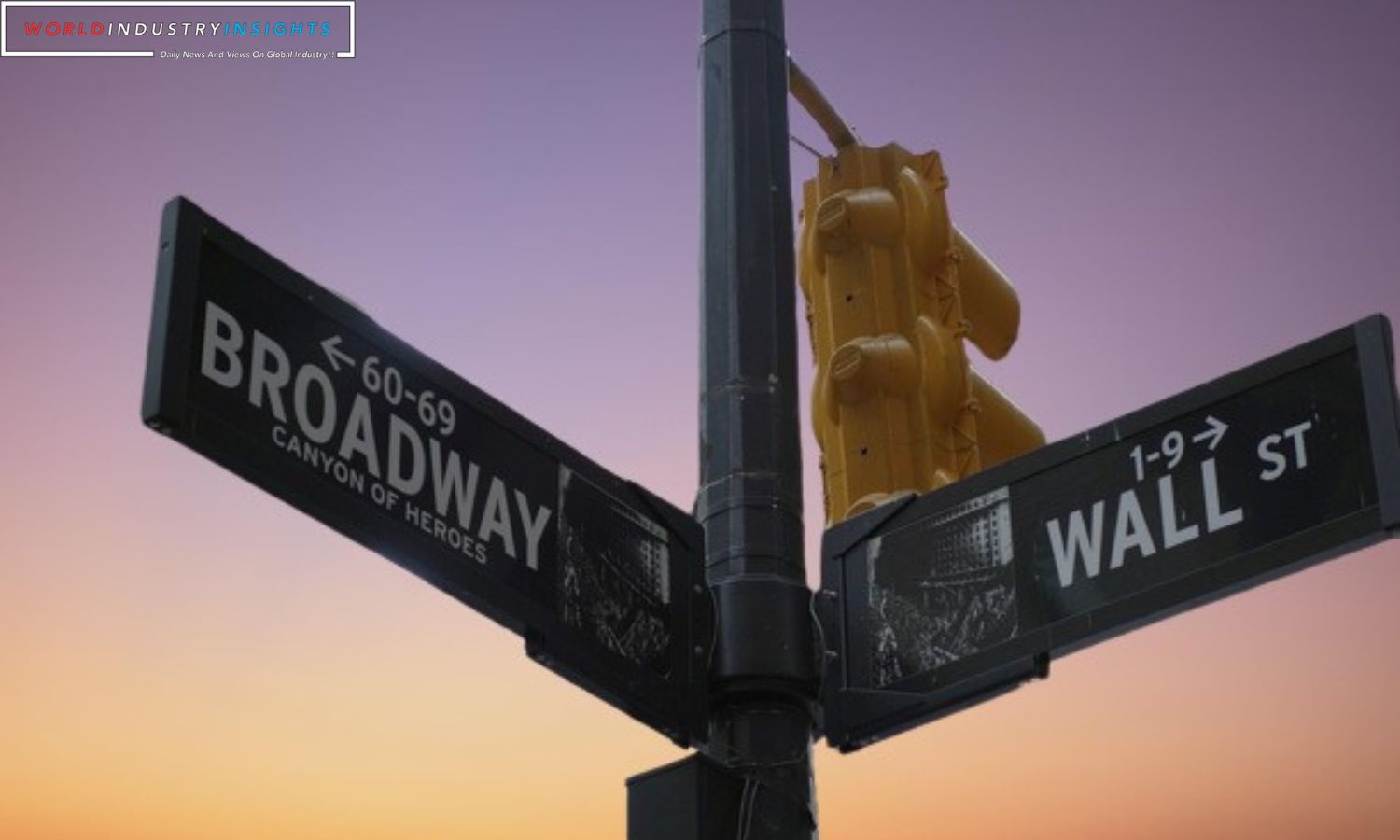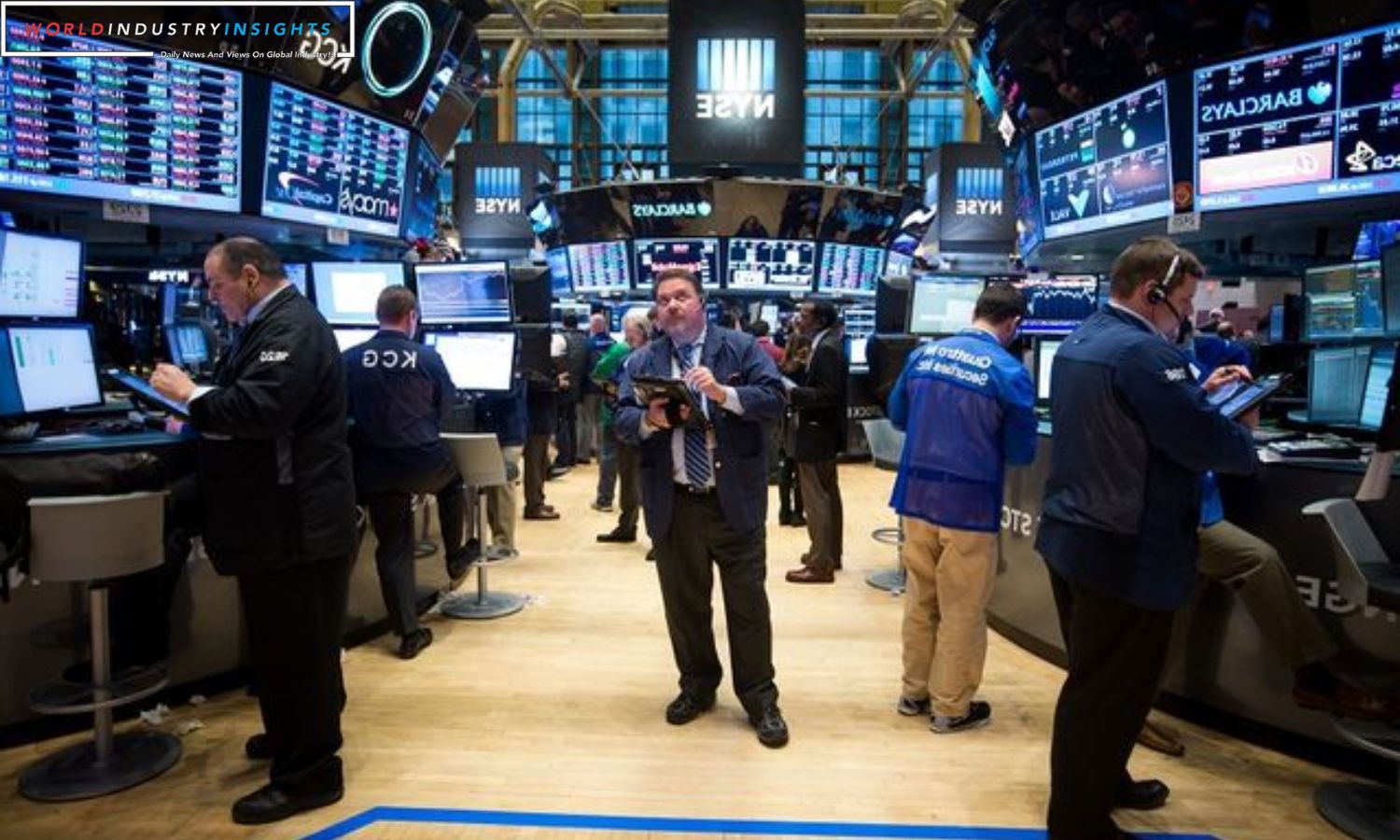Wall Street Volatility Plunge: In a remarkable surge, U.S. stocks have propelled Wall Street’s fear index, the Cboe Volatility Index (VIX), to its lowest level since the pandemic’s onset. Options strategists predict that market fluctuations may stay muted, potentially paving the way for more equity gains.
The VIX, a gauge of investor appetite for protection against stock swings, is hovering just above the post-pandemic low of 12.45, a sharp contrast to its long-term average of around 20. This dip coincides with growing confidence that the Federal Reserve has concluded its interest rate cuts, driving a rebound in the S&P 500 to a new yearly high. With a 19% year-to-date increase and a stellar 9% surge in November its best monthly performance since July 2022 the S&P 500 has bolstered bullish sentiment.
A slight 0.5% dip in the S&P 500 on Monday nudged the VIX to 13.08. Given the inverse relationship between the VIX and stocks, the subdued volatility hints at strong bullish momentum, leading options experts to anticipate continued tranquility in the markets until the year-end. Ilya Feygin, consultant to institutional execution services firm WallachBeth Capital, suggests that volatility is likely to remain muted at least until the close of the year.
One critical factor shaping market dynamics is the behavior of funds tied to market volatility. These funds tend to sell during periods of heightened volatility and buy when markets stabilize. As volatility retreats, these volatility-targeting funds turn into net buyers of U.S. equities, with approximately $30 billion in purchases recorded for the week ending November 30, as per data from Nomura Securities. If daily stock moves average only 0.5% over the next month, these funds could inject around $21 billion more into equities, potentially supporting stocks through year-end.
Also Read: Asian Shares Hit Two-Month Highs, Dollar Dips: Markets Riding High on Wall Street Rally
Another contributing factor to subdued volatility is the position of options dealers who act as intermediaries. These dealers are currently net long on “gamma,” implying that they must sell stock futures during market rallies and buy futures during sell-offs to manage their risk exposure. This hedging behavior is anticipated to limit significant market movements.
While the market enjoys the benefits of low volatility, caution is warranted. Historically, once volatility expectations settle, they tend to remain low for an extended period. The VIX, in particular, has taken weeks to months to rise decisively above the 13 level following prolonged periods below it. Presently, the VIX has remained below 13 for approximately 20% of its three-decade history.
However, some market observers view the current calm with a hint of caution. In November, expectations of S&P 500 30-day implied volatility dropped below 30-day realized volatility by the widest margin since December 2022. Past instances of such drops correlated with an average 8.5% decline in the S&P 500 over the next 31 days, according to data from Cantor Fitzgerald.
While these drops occurred within a period of a 250% gain for the S&P 500 from 2014 to the present, the divergence between implied and realized volatility could signal a potential storm on the horizon. As Wall Street basks in the calm, investors must remain vigilant, recognizing that beneath the surface of tranquility may lie the calm before a storm in the markets.
Our Reader’s Queries
What is the most volatile time in the stock market?
Typically, the first hour of trading in stocks is the most volatile time of the day, while the last hour tends to be the least volatile. However, in other markets, the most volatile time can vary.
What is the Wall Street VIX?
The Cboe Volatility Index VIX, which measures anticipated stock-market volatility for the next 30 days, has remained below 13 since last Friday. It closed at 12.46, marking its lowest finish since January 17, 2020. This information comes from Bespoke Investment Group.
Why did the VIX jump?
When there is a surge in demand for put options, the VIX tends to rise. This is because the increased demand for put options causes the implied volatility to increase as well. As with any product that is in high demand and low supply, the price of put options will also increase.
Why do stocks go down when VIX goes up?
The VIX typically moves in the opposite direction of the market. A rise in the VIX may indicate heightened fear and risk in the market, while a drop in the VIX may suggest greater stability.


